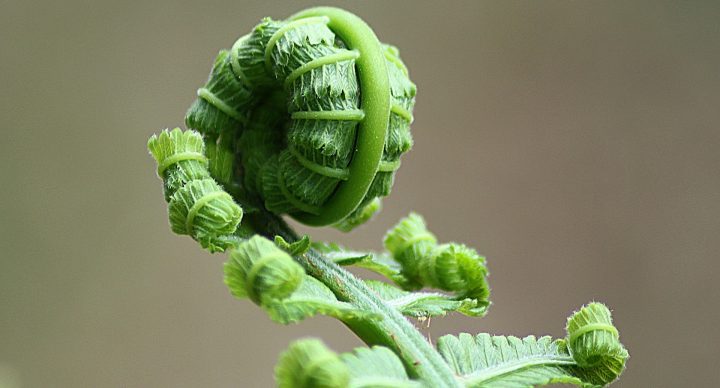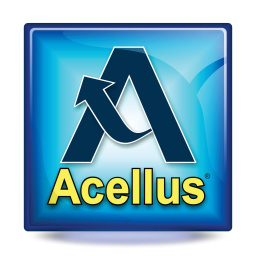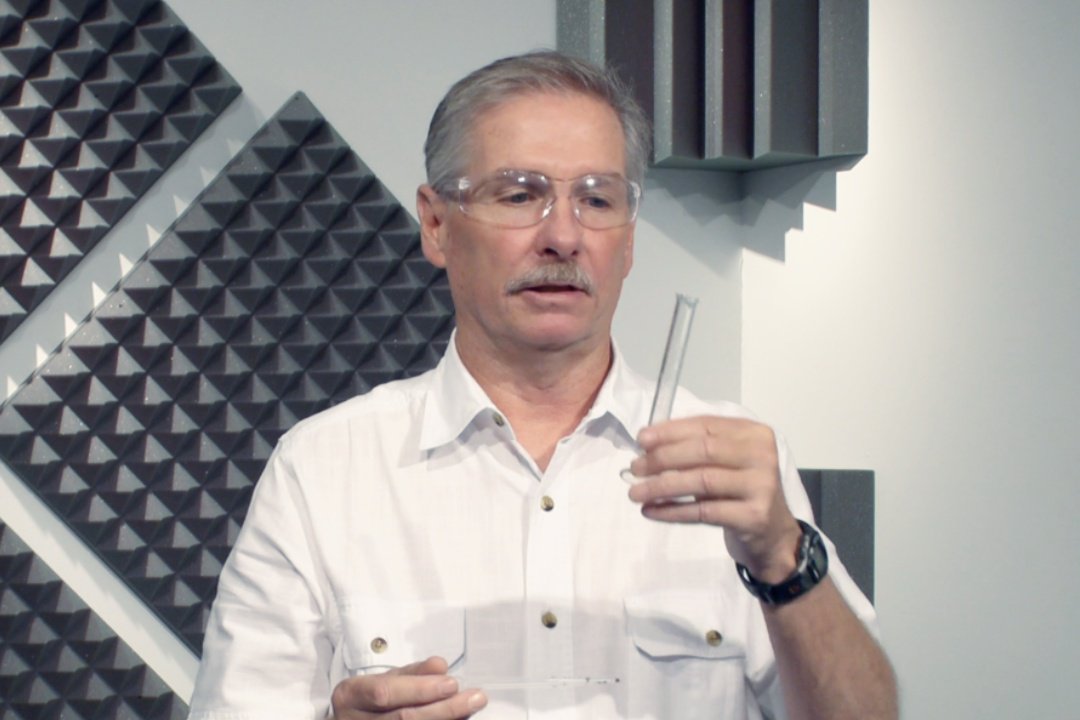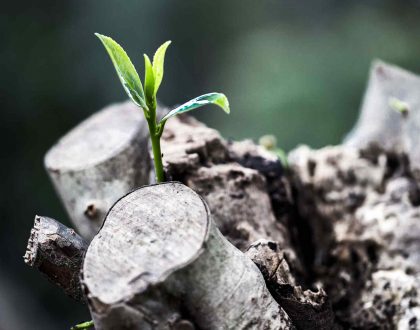Environmental Science

Course Features
Course Details
Course Overview
Environmental Science provides high school students an introduction to the study of the natural world and how it is influenced by human activity. Students will explore the patterns and processes of Earth and how these are affected by natural and human impacts. They will study environmental problems that our planet is facing today and various efforts to solve these problems, ultimately understanding the need for a sustainable future.
Acellus Environmental Science is taught by Acellus Course Instructor, Mike Carney.
Sample Lesson - Lab: Parts Per Million
 This course was developed by the International Academy of Science.
Learn More
This course was developed by the International Academy of Science.
Learn More
Scope and Sequence
Unit 1 In this unit students are introduced to the study of Environmental Science and receive an overview of earth systems. They explore the physical structure of the earth, closed and open systems, and convergent, divergent, and transform fault boundaries as they relate to plate tectonics. Students study atmosphere composition and atmosphere structure. They investigate ground water, freshwater, water use, and salt water. They explore soil formation, soil classification by texture, and the rock cycle. In addition, they enjoy a virtual lab on the permeability of soil. Unit 2 In this unit students gain a broad understanding of biomes, explore biosphere structure, and study ecosystem structure. They delve into ecological niches, food chains, and food webs, and investigate symbiotic interactions, species function, ecosystem energy flow, and ecosystem competition. They delve into photosynthesis and cellular respiration, the ten percent rule, and pyramids of energy, and study primary, secondary, and ecological succession, as well as nutrient cycles, matter cycling in ecosystems, the water cycle, and human influences on cycles. Unit 3 In this unit students investigate the law of limiting factors, population ecology, biotic potential and environmental resistance, and carrying capacity. They experience a virtual lab on population, and explore reproductive strategies, logistic versus exponential growth, and survivorship and curves. They delve into biological populations and their dispersal patterns and growth patterns, as well as human historical distribution and growth, emigration versus immigration, and describing human population change. They study developing versus developed countries, age-structure diagrams, doubling time, population calculations, and impacts of population growth. Unit 4 In this unit students gain understanding of soil conservation, types of agriculture, and green revolution and genetic engineering. They learn about sustainable agriculture, agricultural issues, pests and their impacts, pesticide use and misuses, and integrated pest management. They also learn about the tragedy of the commons. Unit 5 In this unit students investigate how humans use land. They also learn about rangelands, deforestation and its consequences, and urban and suburban sprawl. They explore mining laws and remediation, types and impacts of mining, and public and federal lands. They delve into managing agencies and services, types of public land, and public land issues. This unit includes in-class activities on resource mining and a land-use graphic organizer. Following this unit, students are presented with the Mid-Term Review and Exam. Unit 6 In this unit students discover energy forms and thermodynamic laws, and energy efficiency. They enjoy a virtual lab on light bulb efficiency, and explore the energy crisis, describing energy, and electricity production. They study fossil fuels, including formation and types of fossil fuels, and advantages and disadvantages of fossil fuels. They also explore renewable energy, types of alternative energy, and the advantages and disadvantages of nuclear power. This unit also includes in-class activities on designing a passive solar house and on home energy audits. Unit 7 In this unit students discover major air pollutants, sources of air pollution, and measuring air pollution. They enjoy a virtual lab on parts per million, and explore causes and effects of acid deposition, temperature inversion, and heat islands and their effects. Students also study air pollution laws and treaties, and indoor air pollution, and enjoy a virtual lab on detecting indoor air pollution. They investigate noise control strategies, noise pollution, aquatic ecosystems, and types of water pollution, and experience a virtual lab on finding out what is in our water. They gain understanding of sources of water pollution and the land-water connection, and experience a virtual lab on building an ecocolumn. They explore water pollution effects on aquatic life, and study water pollution control strategies, water pollution laws, and ocean pollution. They also enjoy a virtual lab on water audits. Unit 8 In this unit students look into types of hazardous waste, environmental risk, bioaccumulation and biomagnification. They enjoy a virtual lab on biomagnification of paper clips. They study hazardous waste laws, hazardous waste treatment and disposal, types and sources of solid waste, and solid waste disposal including incineration and landfills. They study reusing, reducing, and recycling. This unit includes an in-class activity on solid waste audits. Unit 9 In this unit students investigate ultraviolet radiation, stratospheric ozone, the effects of ozone depletion, ozone-depleting chemicals, and strategies for reducing ozone depletion. They learn about historic and recent climate patterns, and enjoy an in-class lab activity on graphing CO2 data, and albedo and reflectivity. They also experience a virtual lab on albedo and reflectivity. They explore greenhouse gas, the greenhouse effect, climate shifts, effects and consequences of climate change, and reducing climate change. This unit includes an in-class activity on designing an environmentally-friendly town. Students further study biodiversity loss, declining global diversity, endangered and extinct species, invasive species, conservation strategies, and laws that are relevant to conservation. This unit also includes an in-class activity on invasive species. Following this unit students are presented with the Final Review and Exam.
This course does not have any sections.




